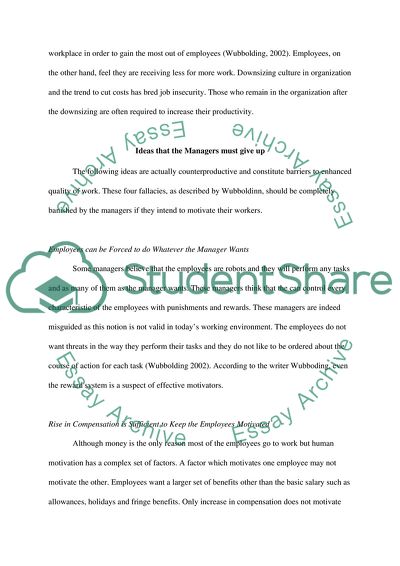Cite this document
(The Issue of Employee Motivation Research Paper, n.d.)
The Issue of Employee Motivation Research Paper. Retrieved from https://studentshare.org/human-resources/1735773-employee-motivation
The Issue of Employee Motivation Research Paper. Retrieved from https://studentshare.org/human-resources/1735773-employee-motivation
(The Issue of Employee Motivation Research Paper)
The Issue of Employee Motivation Research Paper. https://studentshare.org/human-resources/1735773-employee-motivation.
The Issue of Employee Motivation Research Paper. https://studentshare.org/human-resources/1735773-employee-motivation.
“The Issue of Employee Motivation Research Paper”, n.d. https://studentshare.org/human-resources/1735773-employee-motivation.


